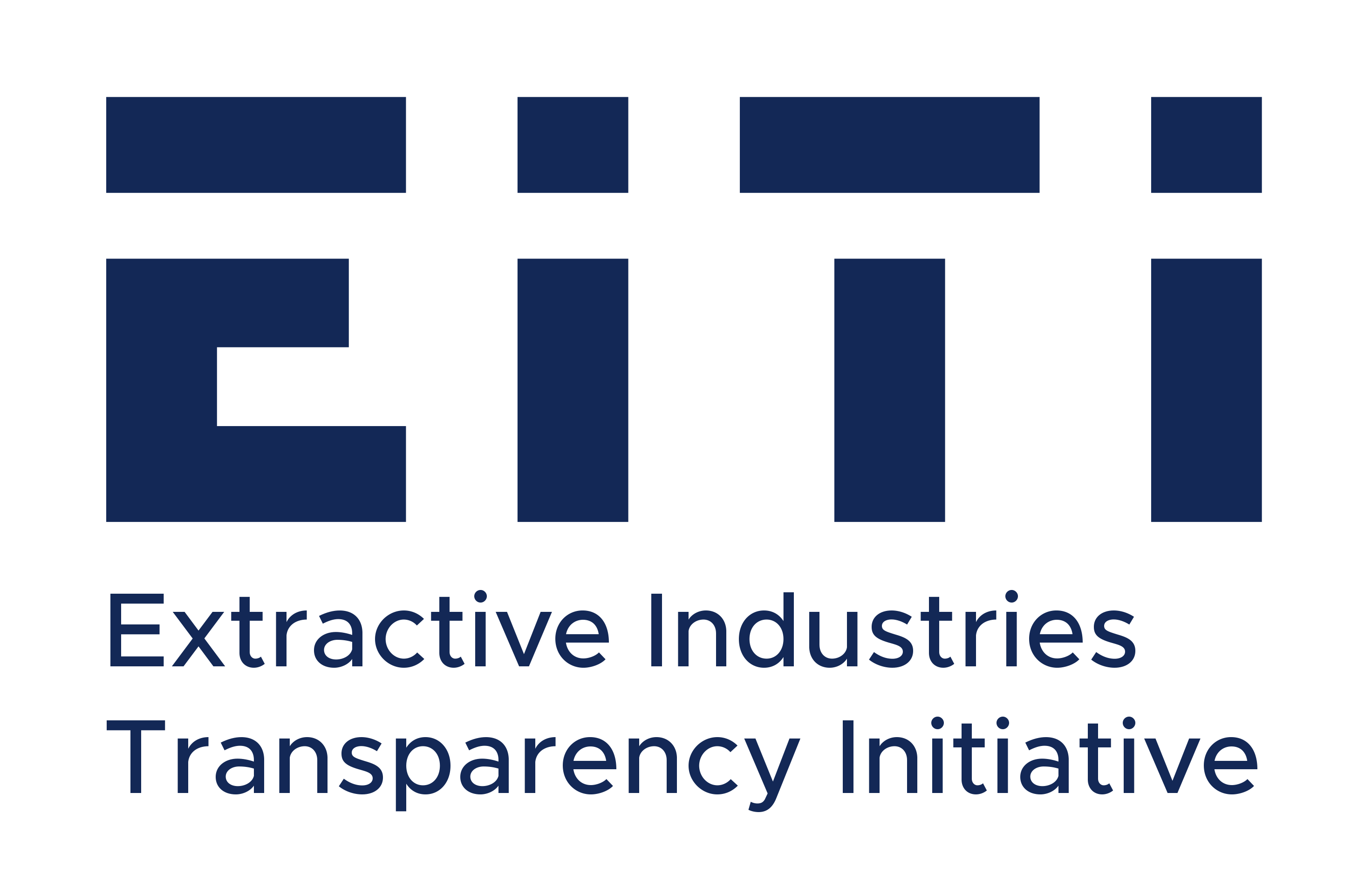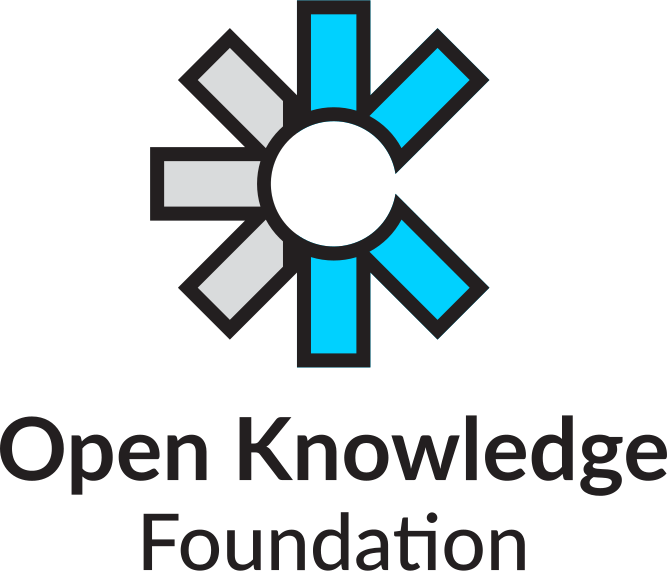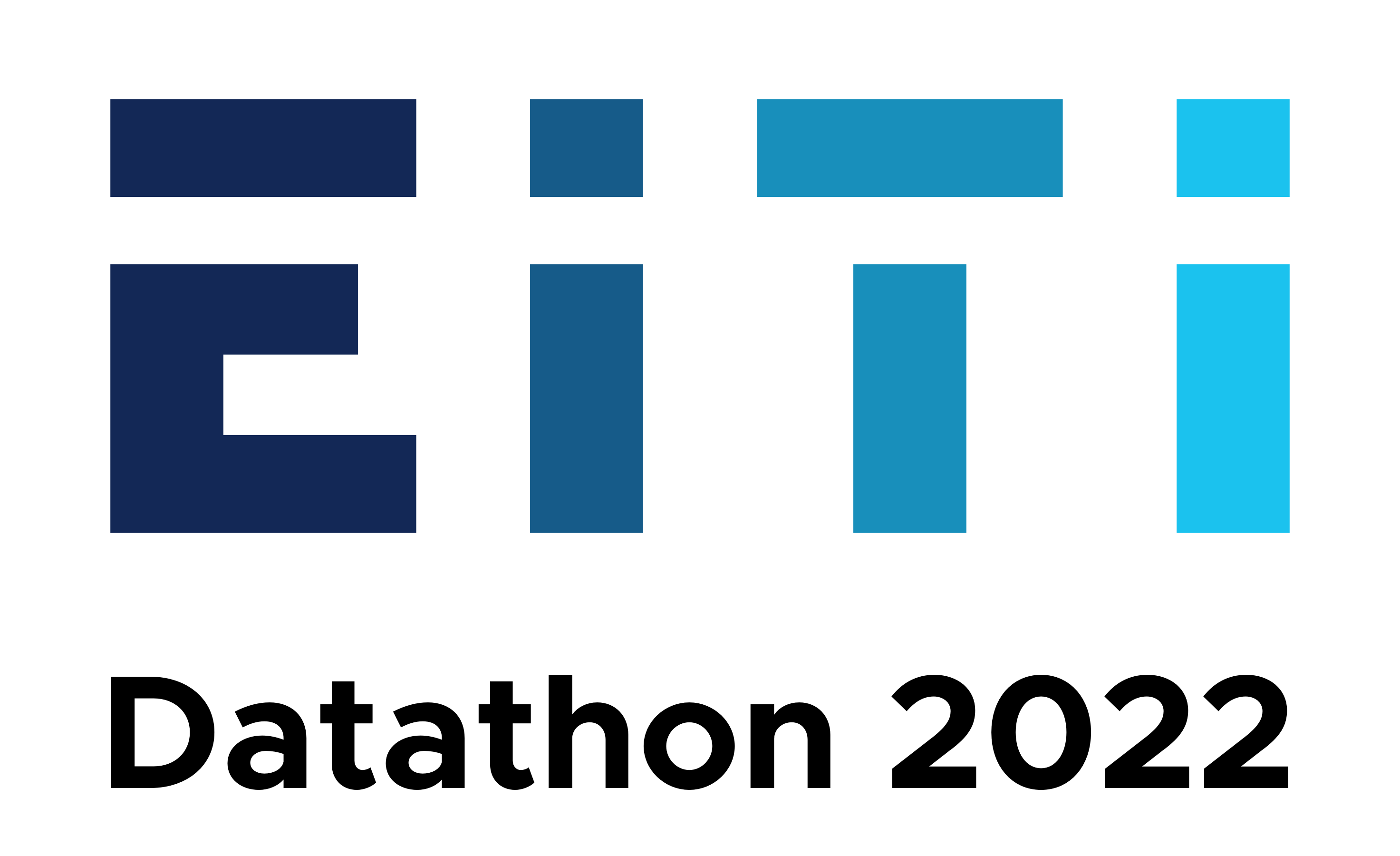
Scenario 2: Empowering citizens to give their voice in the debate around energy transition.
The scenario
Once upon a time... there was a country that was rich in oil reserves, which found itself over time in a situation where many aspects of the country had become dependent on income from the oil industry: jobs, subsidies, public benefits, local government budgets etc. Civil society groups had been campaigning for years to transition away from the country’s reliance on fossil fuels, including through calls for carbon pricing. But there was no easy answer as to how that transition should happen, and how to do it fairly.
Every day... civil society groups debated potential options for using carbon pricing to incentivise a shift away from fossil fuels but were aware that citizens would have to be consulted to ensure that their concerns were heard. Specifically, the idea of using carbon pricing to generate revenue that could be invested in the transition was something that needed to be discussed with the communities most dependent on oil resources. But community meetings were not enough: they wanted a tool that would allow any citizen, regardless of their skill level, to understand the impact of different carbon pricing scenarios and how the revenue generated could be spent.
This is where your proposal comes in.
One day... (what will you do to address the problems and challenges being faced?)
Because of that... (what changes will your solution bring?)
Until finally... a consensus emerged among civic organisations about the best way to communicate the need for the energy transition and the scenarios that would appear the fairest to the local communities most impacted by it.
Keywords
trust narrative dialogue income forecasting scenario modelling compromises local impact citizens pedagogy carbon emissions non-technical audience
Scenario Starter Kit
Recommendations for your design process
- The pain points in this scenario involve:
- understanding the carbon emissions associated with fossil fuel production; and
- helping local populations understand how energy transition might affect their livelihoods.
- An entry point for your solution can be in the process of EITI reporting or in the information meetings with local population.
- An example of a country with multiple years of revenue and production data is Senegal.
- You can also use the EITI API to fetch specific datasets based on your needs.
- Remember: We do not expect perfect solutions—the focus of this event is on prototyping ideas, rather than creating perfect tools.
Who will be your audience and users?
The key stakeholders for this scenario are:
- civil society groups and citizens - your solution should allow them to communicate and engage with each other better so that civil society groups will be able to present information about the energy transition in a manner that is easily understandable to a non-technical audience while creating a simple and accessible way for citizens to be consulted and voice their concerns or opinions about the matter.
Recommended data and resources
- Summary data from EITI reports
- Revenue data
- Production data
- Carbon emissions data
- Carbon pricing data
- EITI API
Data and resource documentation
Summary Data from EITI Reports
What is it?
Data files collected by using Summary Data Templates and organized in folders by country. These include a wide range of fiscal, legal and contextual data related extractive industries, including company-by-company revenue data.
Where to get it?
The data is shared freely in this Google Drive as per EITI's Open Data Policy.
Tips and advice about the resource
- What's in the folders - The data files are organised in folders by country and contains:
- Excel files of summary data for a specific year. Some are “proxy” files, with aggregate data, as the full summary data sheet from the implementing country are not yet available.
- The EITI Report that is the basis of the Summary Data.
- Summary data templates - the summary data spreadsheets available from the folder use two template versions depending on the year of the report—most reports from 2018 use version 2.0 while those prior to 2018 use version 1.1. Always refer to the Introduction tab (usually the first one) of each summary data spreadsheet to determine what version is used and what information each of the tabs contain.
- Sources of the data - Recent data has been provided by Independent Administrators and National Secretariats of the EITI, while data from older reports are continuously being compiled by the International Secretariat itself.
- Data quality - Implementing countries are responsible for ensuring that this data is accurate. For detailed information, you may consult the original reports. Where figures are not available in US dollars, the annual average exchange rate is used.
- Not all files are in English - whenever applicable, the language used in the files is indicated in the file name by a two-letter code (e.g. EN - English, ES - Spanish, FR - French, DE - German).
- Not all PDF reports have the same tables - not all reports have the same tables or have them on the same pages, utilize the table of contents and list of tables to determine if the data you are looking for is in the report.
Revenue data
What is it?
Data on government revenue disaggregated by revenue streams and government agency according to GFS classification.
Where to get it?
You can find this data in EITI reports and summary data files, particularly in the Summary Data spreadsheets. For example:
- 3. Revenues tab in 2017 Senegal Summary Data EN_san
- Part 4 - Government revenues and Part 5 - Company data tabs in 2019 Senegal Summary Data EN v2
Tips and advice about the resource
- The information about revenue is disaggregated by sector (oil and gas or mining).
- This information can be found in different tabs depending on the reporting template version used in the spreadsheet. For version 1.1 (most reports prior to 2018), it can be found in the 3. Revenues tab. For version 2.0 (most reports since 2018), it can be found in the Part 4 - Government revenues and Part 5 - Company data tabs
- The data for Senegal is a good example of a dataset that includes multiple years of reporting including several that use the most recent reporting template.
- You can also use the EITI API to fetch specific datasets based on your needs.
Production data
What is it?
Oil and Gas production data for a given year and a given country
Where to get it?
You can find this data in EITI reports and summary data files, particularly in the Summary Data spreadsheets. For example:
- 2. Contextual tab in 2017 Senegal Summary Data EN_san
- (EITI Requirements 3.2) Part 2 - Disclosure checklist and Part 3 - Reporting entities tabs in 2019 Senegal Summary Data EN v2
Tips and advice about the resource
- This information can be found in different tabs depending on the reporting template version used in the spreadsheet. For version 1.1 (most reports prior to 2018), it can be found in the 2. Contextual tab. For version 2.0 (most reports since 2018), it can be found in the Part 2 - Disclosure checklist (country-level) and Part 3 - Reporting entities (project-level) tabs
- The data for Senegal is a good example of a dataset that includes multiple years of reporting including several that use the most recent reporting template.
- You can also use the EITI API to fetch specific datasets based on your needs.
Carbon emissions data
What is it?
Conversion factor for oil and gas production to CO2 per MT
Where to get it?
You can find this data at: US EPA Greenhouse Gas Equivalencies Calculator or the Carbon Tracker Initiative.
Tips and advice about the resource
- The Greenhouse Gas Equivalencies Calculator allows you to convert emissions or energy data to the equivalent amount of carbon dioxide (CO2) emissions from using that amount. The calculator helps you translate abstract measurements into concrete terms you can understand, such as the annual emissions from cars, households, or power plants. This calculator may be useful in communicating your greenhouse gas reduction strategy, reduction targets, or other initiatives aimed at reducing greenhouse gas emissions.
- A Carbon Tracker Calculator from Carbon Tracker is also available.
Carbon pricing data
What is it?
Historical Carbon price per MT data
Where to get it?
You can find this data at: Trading Economics.
Tips and advice about the resource
- When using the data sources mentioned above, there will be a need to scrape the data first.
EITI API
What is it?
A REST Application Programming Interface (API) to programmatically access EITI data.
Where to get it?
You can access the API and its documentation at eiti.org/api.
Tips and advice about the resource
- Most of the data needed for the scenario should be available from the Summary Data but you may opt to use the API if you think you need to programmatically access information or are looking for specific data point.
The EITI Datathon 2022 is brought to you by:





